In a world where water is considered the most basic necessity, it's crucial to ensure that the water flowing from your tap is safe and clean. While the UK is renowned for its generally high standard of water quality, there are growing concerns about what might be lurking in the tap water reaching homes across the country.
This guide outlines the potential dangers and provides actionable solutions to help you safeguard your family's health.
Understanding Tap Water Hazards
Harmful Bacteria and Viruses
Despite rigorous treatment processes, some UK water supplies have been found to contain harmful bacteria like E. coli, faecal matter and ammonia (1). While these occurrences are rare, they can pose severe health risks, particularly to vulnerable populations such as children, the elderly, and those with weakened immune systems. An analysis by Public Health England has indicated sporadic outbreaks linked to contaminated water, underscoring the importance of vigilance and regular testing.
Heavy Metal Contamination
The risk of heavy metal contamination, especially lead, is prevalent in homes with older plumbing systems. Lead can leach into the water supply from old pipes and fittings, posing significant health risks, particularly to children, affecting their development and cognitive abilities (2). Regular testing and replacing outdated plumbing can mitigate this risk.
Emerging Contaminants
Modern living introduces new challenges, including emerging contaminants from pharmaceuticals and personal care products (3). These substances often evade traditional water treatment processes and can accumulate in water supplies, potentially affecting aquatic life and human health. While research is ongoing, the presence of these contaminants requires attention and adaptation of water treatment practices.
PFAS (Per- and Polyfluoroalkyl Substances)
Per- and polyfluoroalkyl substances (PFAS) are a group of man-made chemicals widely used in various industries and consumer products, renowned for their durability and resistance to heat, water, and oil. However, these very properties also mean that PFAS persists in the environment, resisting natural breakdown processes and accumulating in the human body over time—a phenomenon known as bioaccumulation. This resilience poses significant health concerns, with studies linking PFAS exposure to serious issues such as cancer, immune system dysfunction, and developmental complications (4). The growing contamination of water supplies, food, and the broader environment has sparked considerable regulatory and public health attention. In response, efforts are underway to phase out certain PFAS compounds and to discover safer alternatives, reflecting an urgent need for solutions that protect both people and the planet.
Waterborne Diseases
In areas with inadequate sanitation infrastructure, waterborne diseases remain a concern. Although rare, outbreaks can result from insufficient treatment or cross-contamination during water distribution (5). The World Health Organization highlights the need for robust sanitation practices and infrastructure improvements to prevent such incidents.
Taste and Odour Concerns
The taste and odour of water can serve as indicators of underlying issues. While not always harmful, unpleasant tastes or odours can result from chlorine used in disinfection or the presence of organic matter. Addressing these concerns is essential for ensuring both the safety and palatability of tap water.
Solutions for Safer UK Tap Water
Regular Water Testing
Testing your tap water for contaminants is a proactive step in ensuring safety. Particularly in older homes, testing for lead and other heavy metals is crucial as these substances can have serious health impacts, especially on children and pregnant women. Home test kits are readily available at local stores and online, allowing for quick assessments. For a more comprehensive analysis, professional testing services can be utilised, offering detailed reports on various contaminants and recommending necessary actions to improve water safety.
Install a Water Filter System

Installing a water filter system at home is an effective way to significantly reduce the presence of heavy metals, and emerging contaminants, and improve the overall taste and odour of your water. Systems such as activated carbon filters or reverse osmosis units work by removing impurities, ensuring that the water you and your family consume is clean and safe. This investment not only enhances water quality but can also save money in the long run compared to buying bottled water.
Follow Water Advisories
Staying informed about water advisories in your area is crucial for your household's health. Local water authorities may issue warnings if contaminants are detected, providing guidance on necessary precautions, such as boiling water or using bottled water for drinking and cooking. Following these advisories ensures that you take timely action to protect your family and helps build community resilience against potential water crises.
Support Infrastructure Improvements
Advocating for improved water infrastructure and treatment processes in your community is fundamental to long-term safety. Engage with local councils and environmental groups to push for necessary upgrades, such as replacing ageing water pipes and investing in modern treatment technologies. By participating in community meetings and initiatives, you can highlight the importance of safe water access and potentially influence local policy changes that promote public health.
Maintain Your Plumbing System
Regular maintenance of your plumbing system is vital to prevent the leaching of contaminants into the water supply. Replacing old pipes, particularly those made of lead, is essential as these can pose serious health risks. Additionally, fixing leaks immediately not only conserves water but also reduces the chance of contaminants entering your system. Consider hiring a professional plumber for routine inspections to ensure your plumbing remains in good condition.
Use Water-Saving Devices
Implementing water-saving devices can help reduce the pressure on water treatment facilities while conserving precious water resources. Devices such as low-flow taps, dual-flush toilets, and high-efficiency shower heads not only save water but also contribute to a more sustainable water supply system. By using less water, you can lower your utility bills and promote environmental stewardship within your household.
Educate and Raise Awareness
Educating yourself and those around you about safe water practices is vital to fostering a community committed to water safety. Understand the importance of water quality and spread awareness regarding the potential dangers and solutions. Organising community education events and workshops can empower individuals to take control of their water safety, encouraging discussions about local water issues and sharing practical tips to ensure that everyone has access to safe drinking water.
Ensuring the safety of tap water in the UK requires ongoing vigilance and proactive measures. By understanding the potential hazards and implementing effective solutions, homeowners, parents, and environmentalists can play a critical role in safeguarding their health and that of their communities. Remember, clean water is a shared responsibility. By staying informed, advocating for improvements, and taking personal steps to ensure water quality, we can all contribute to a healthier, safer future.
Further Reading:
Sorry, Did You Just Say There Are Hormones in My Tap Water?
What You Need to Know About Chlorine and Heavy Metals Lurking in Your Tap Water
Written by Amy Morris, BSc (Hons) Nutritional Therapy. Amy has been a nutritional therapist for 12 years, specialising in recent years as a functional medicine nutritional therapist. Women’s health, and pre-diabetes and type 2 diabetes prevention are Amy’s specialist areas. Diagnosed with a chronic condition called endometriosis at age 20, this is what motivated Amy to study nutrition. Amy has been in remission for 6 years now, attributing powerful nutrition, lifestyle and bio-identical hormone strategies she now shares with her clients.
Water for Health Ltd began trading in 2007 with the goal of positively affecting the lives of many. We still retain that mission because we believe that proper hydration and nutrition can make a massive difference to people’s health and quality of life. Click here to find out more.
Water for Health supply a range of water filter systems. We are happy to discuss with you which system would be best for your needs. Give us a call on 01764 662 111 or email us at infor@water-for-health.co.uk
References:
1. Dangerous levels of bacteria found in flood water from UK rivers. (2024, January 31). The Independent. https://www.independent.co.uk/news/uk/home-news/bacteria-uk-rivers-flood-water-b2487472.html
2. World Health Organization. (2023). Lead Poisoning and Health. Who.int; World Health Organization: WHO. https://www.who.int/news-room/fact-sheets/detail/lead-poisoning-and-health
3. Osuoha, J. O., Anyanwu, B. O., & Ejileugha, C. (2023). Pharmaceuticals and personal care products as emerging contaminants: Need for combined treatment strategy. Journal of Hazardous Materials Advances, 9, 100206. https://doi.org/10.1016/j.hazadv.2022.100206
4. Rogers, R. D., Reh, C. M., & Breysse, P. (2021). Advancing per- and polyfluoroalkyl substances (PFAS) research: an overview of ATSDR and NCEH activities and recommendations. Journal of Exposure Science & Environmental Epidemiology. https://doi.org/10.1038/s41370-021-00316-6
5. Threats, I. of M. (US) F. on M. (2009). Vulnerable Infrastructure and Waterborne Disease Risk. In www.ncbi.nlm.nih.gov. National Academies Press (US). https://www.ncbi.nlm.nih.gov/books/NBK28463/
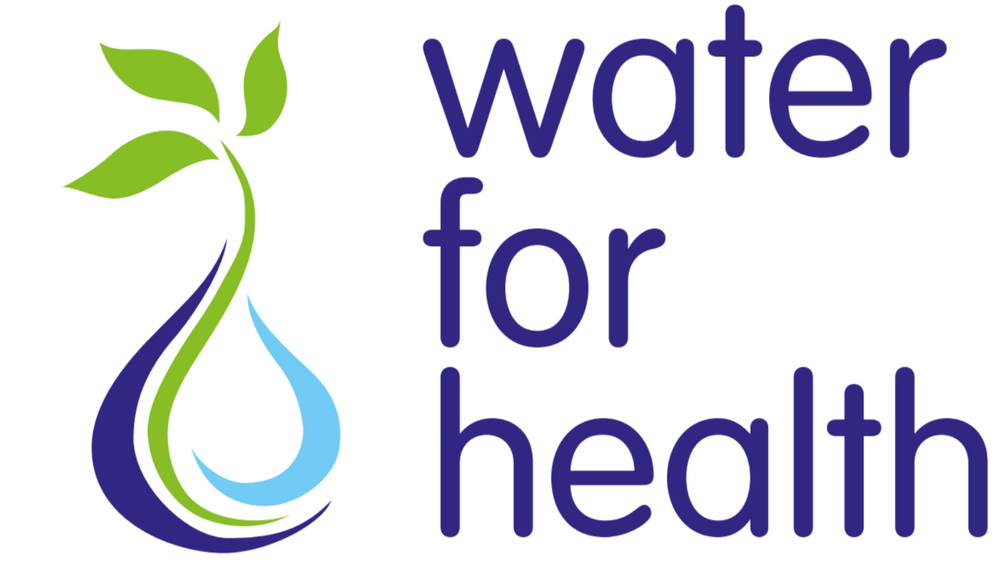


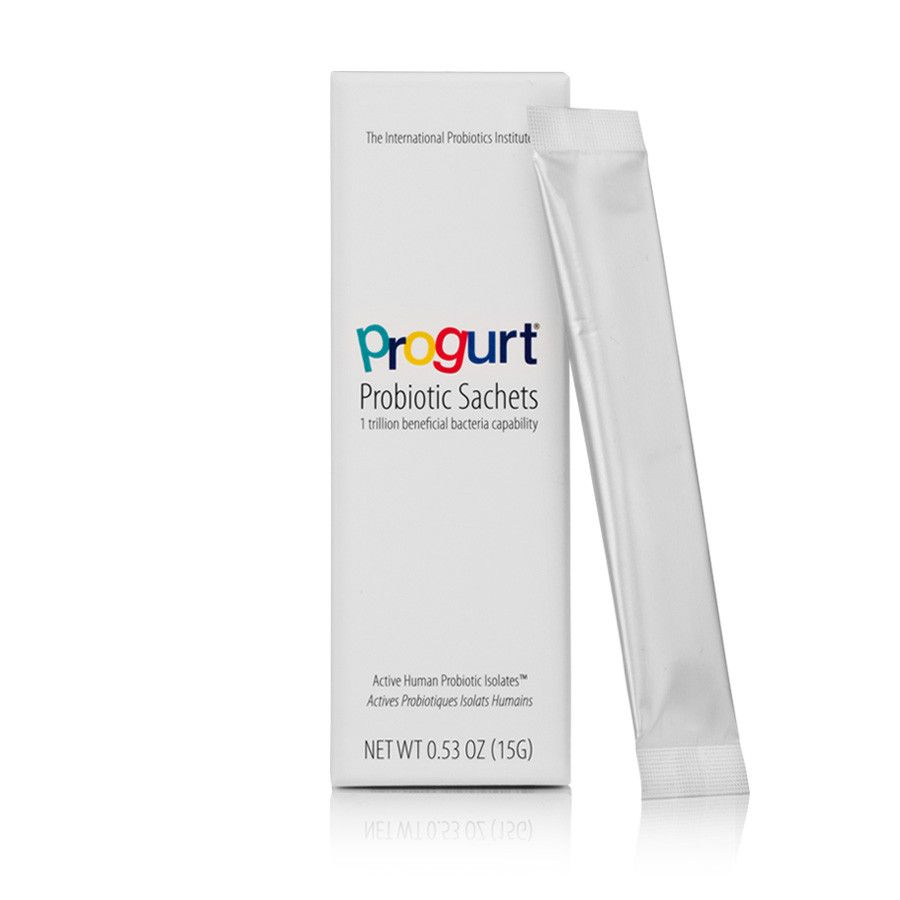
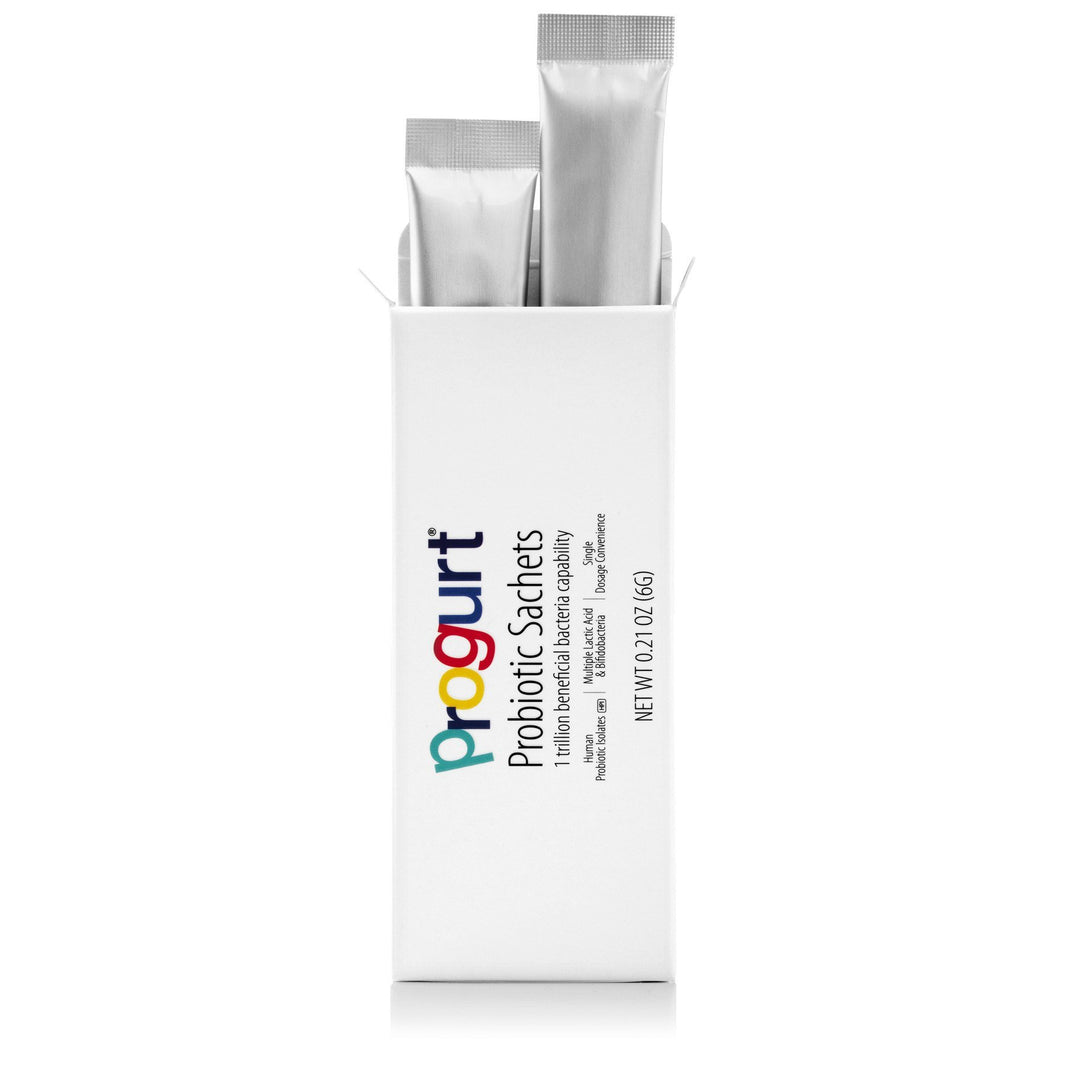
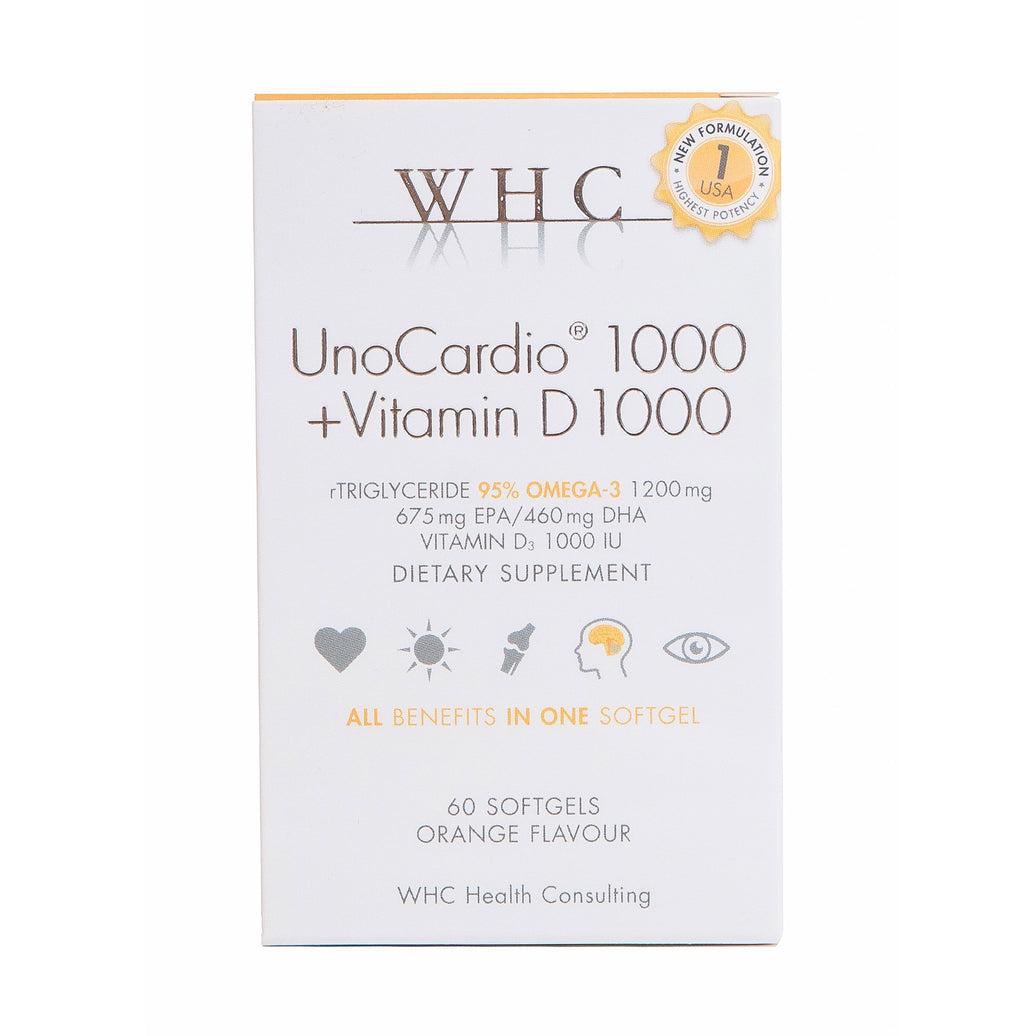
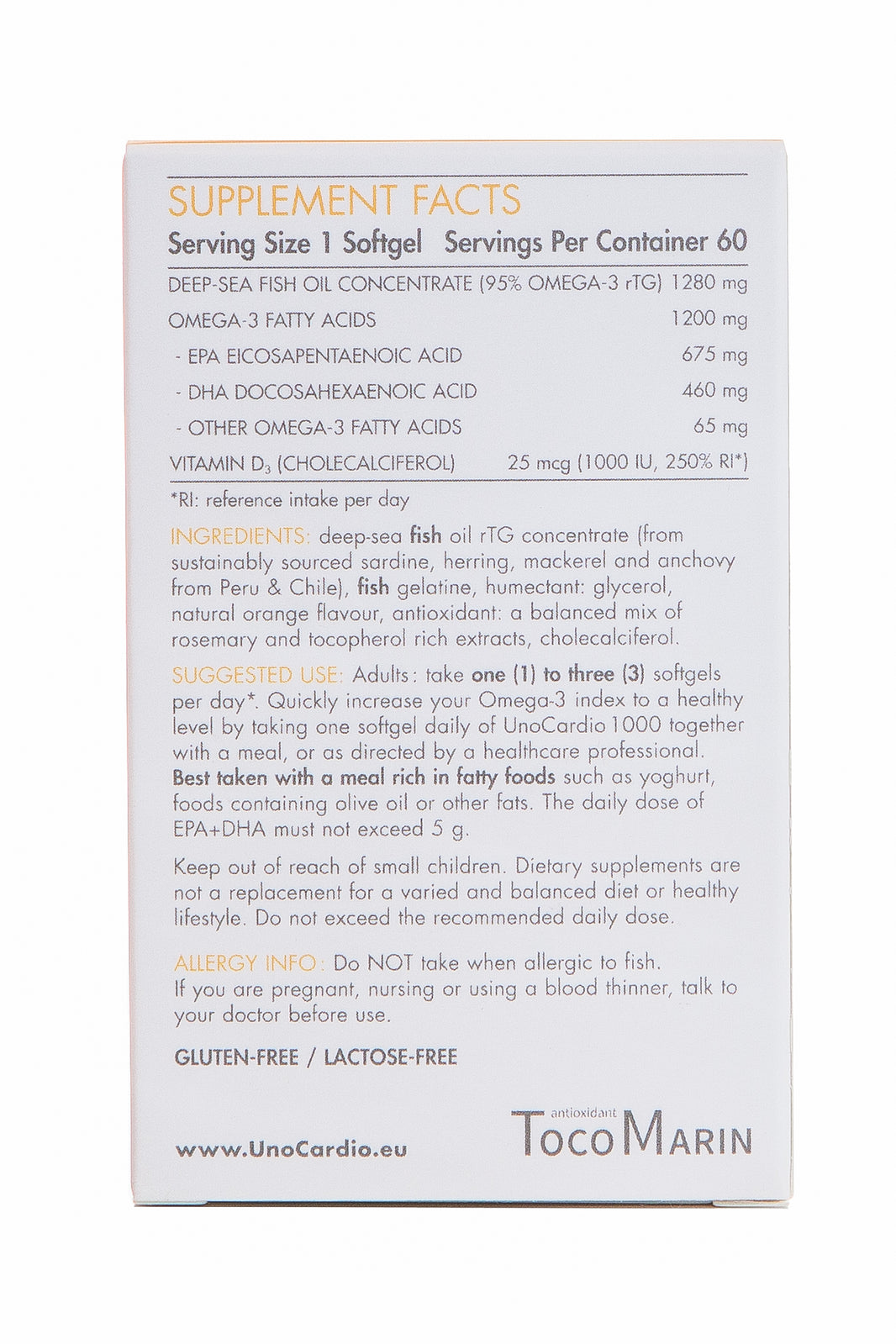
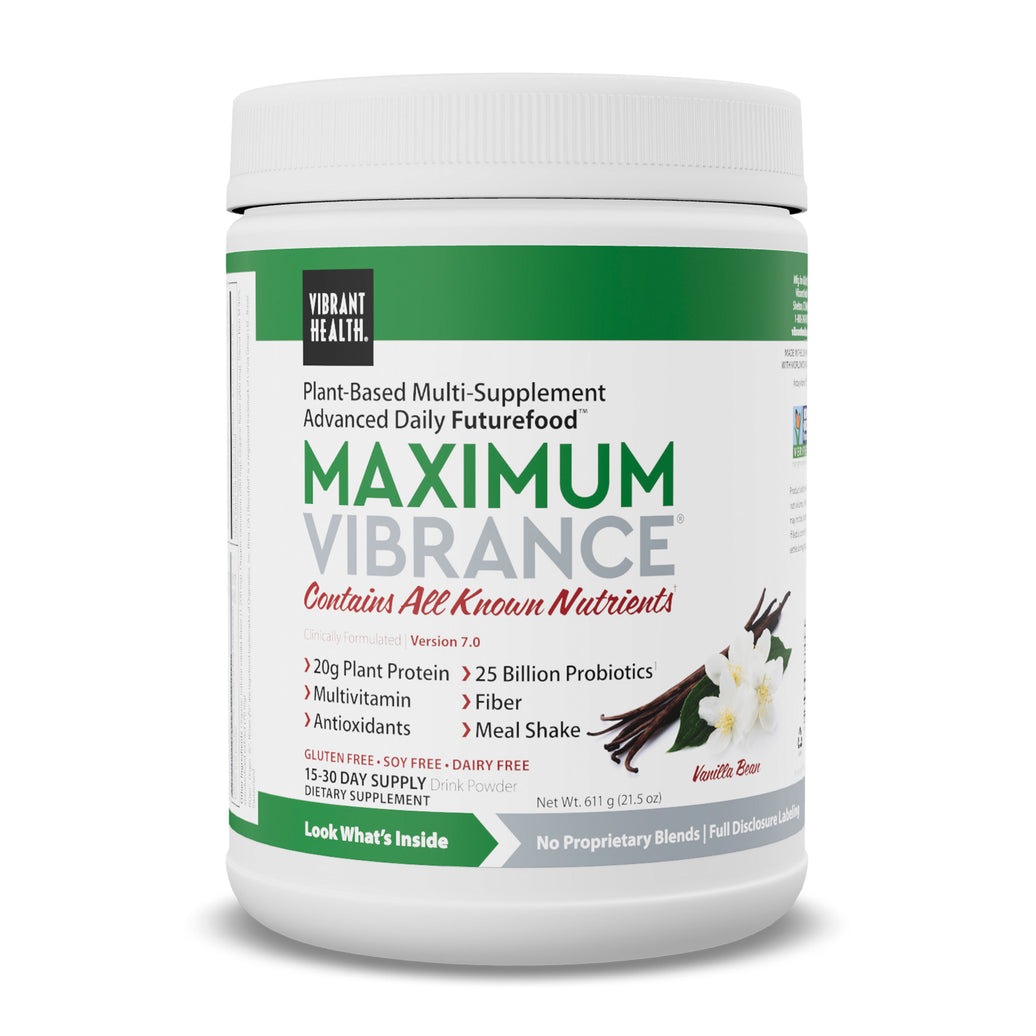
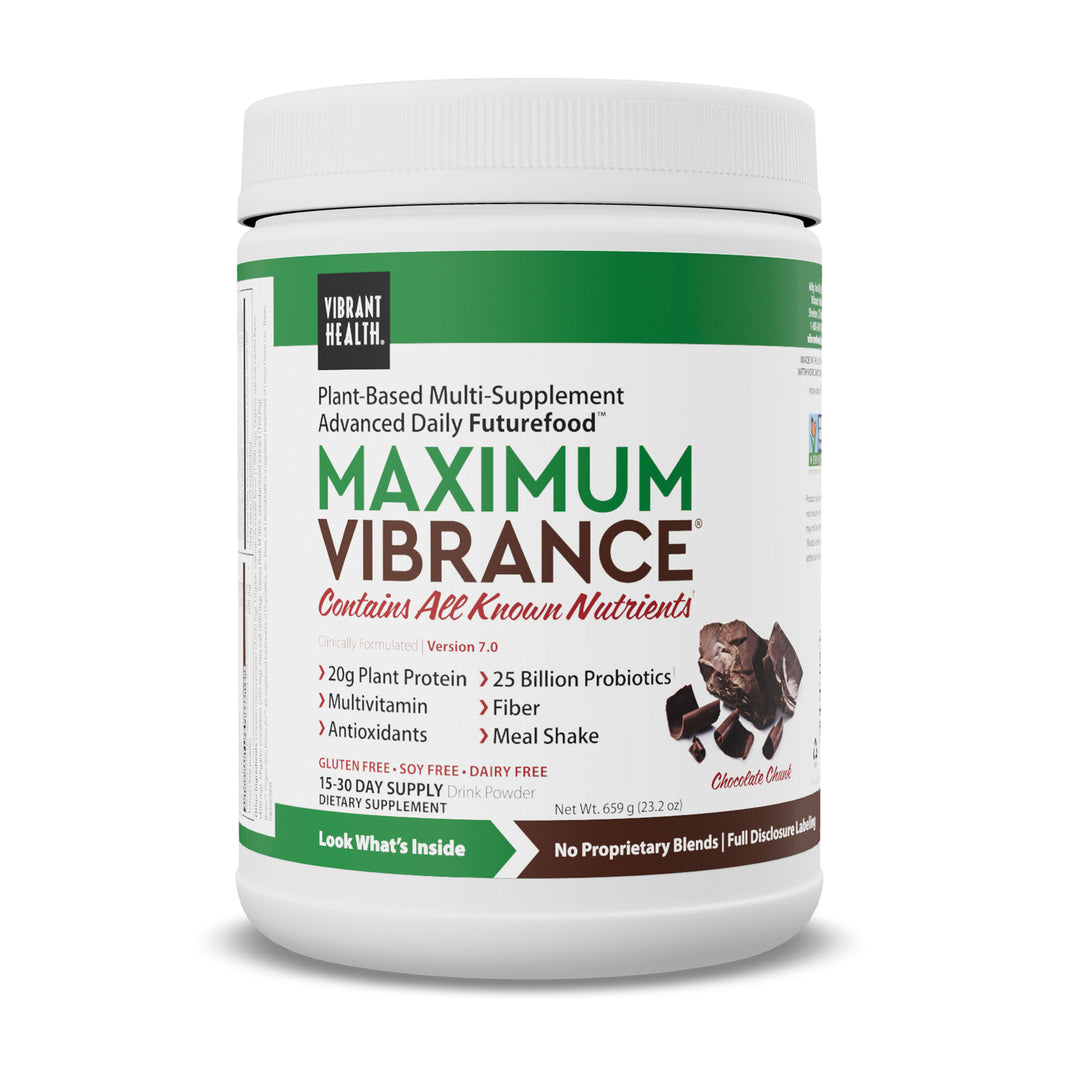

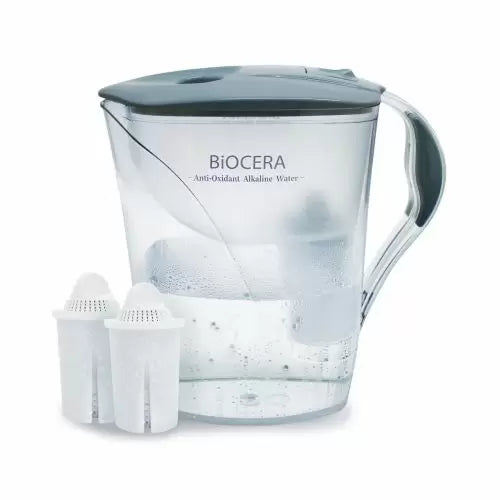



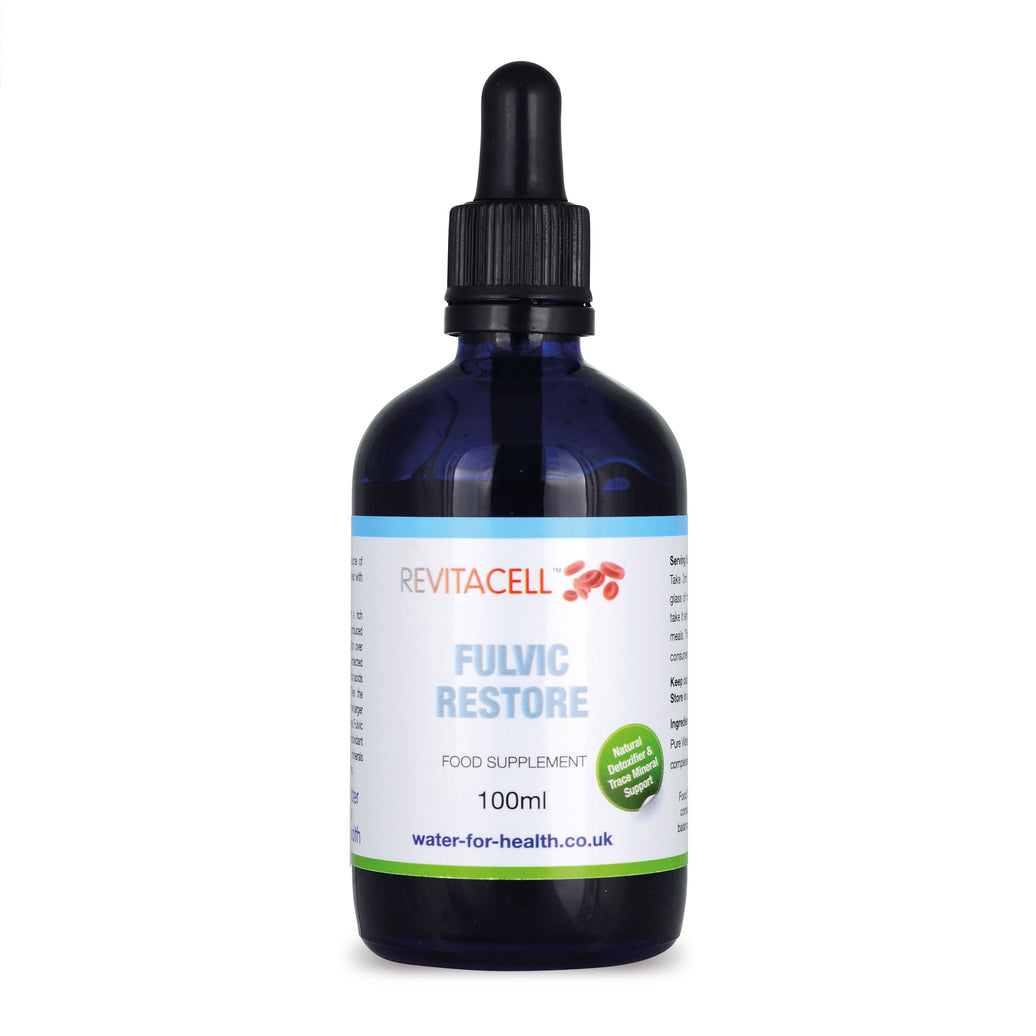
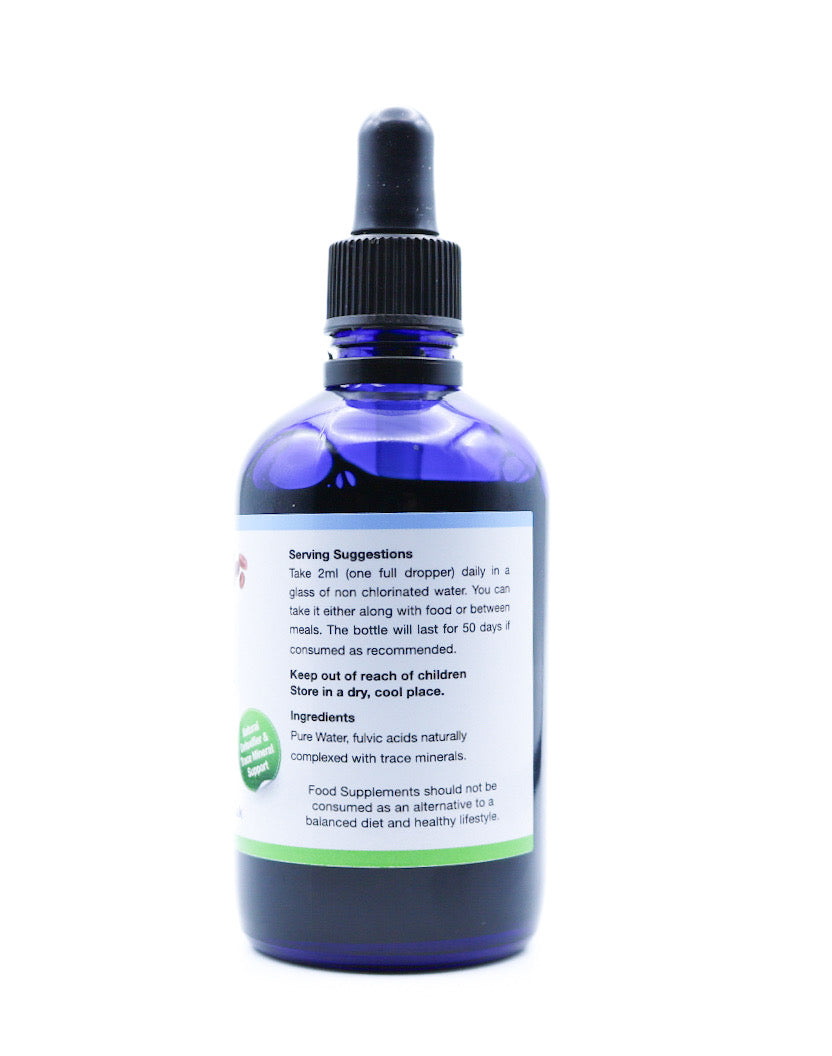
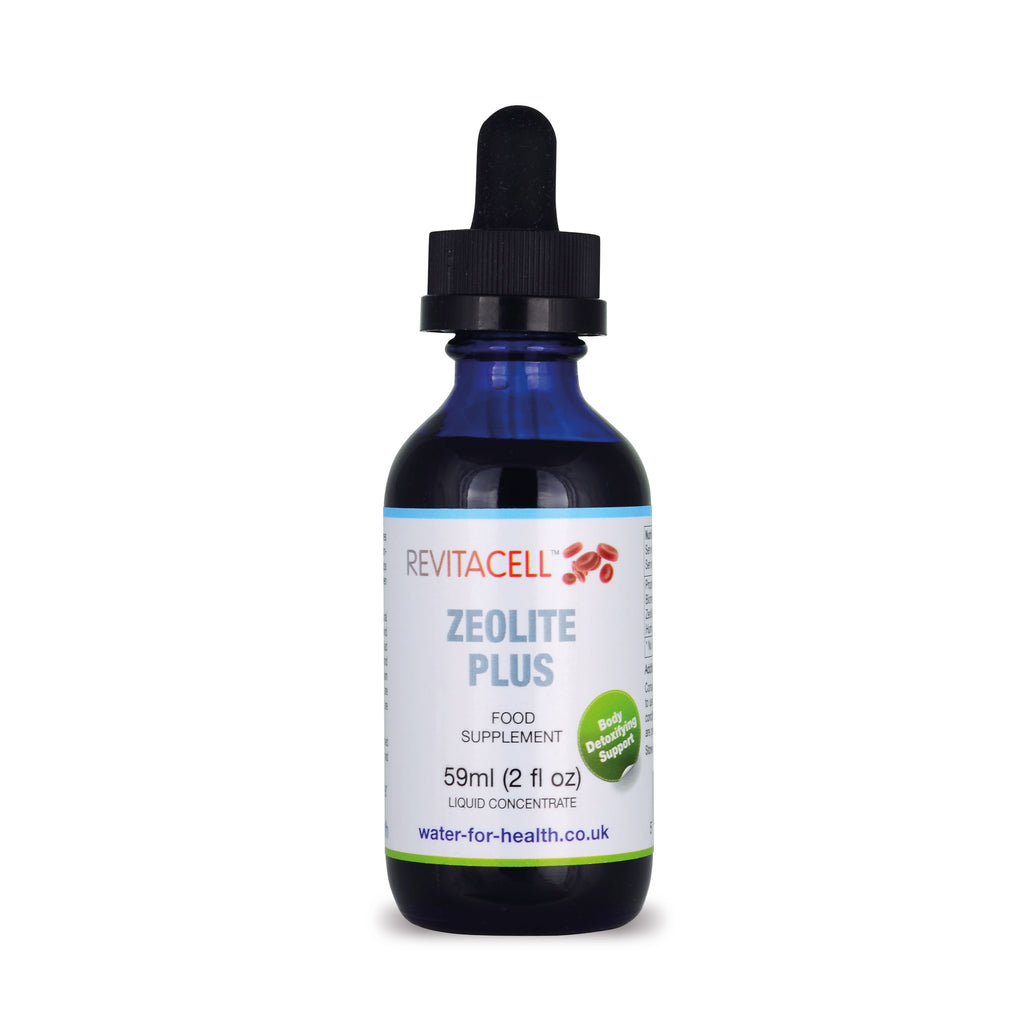
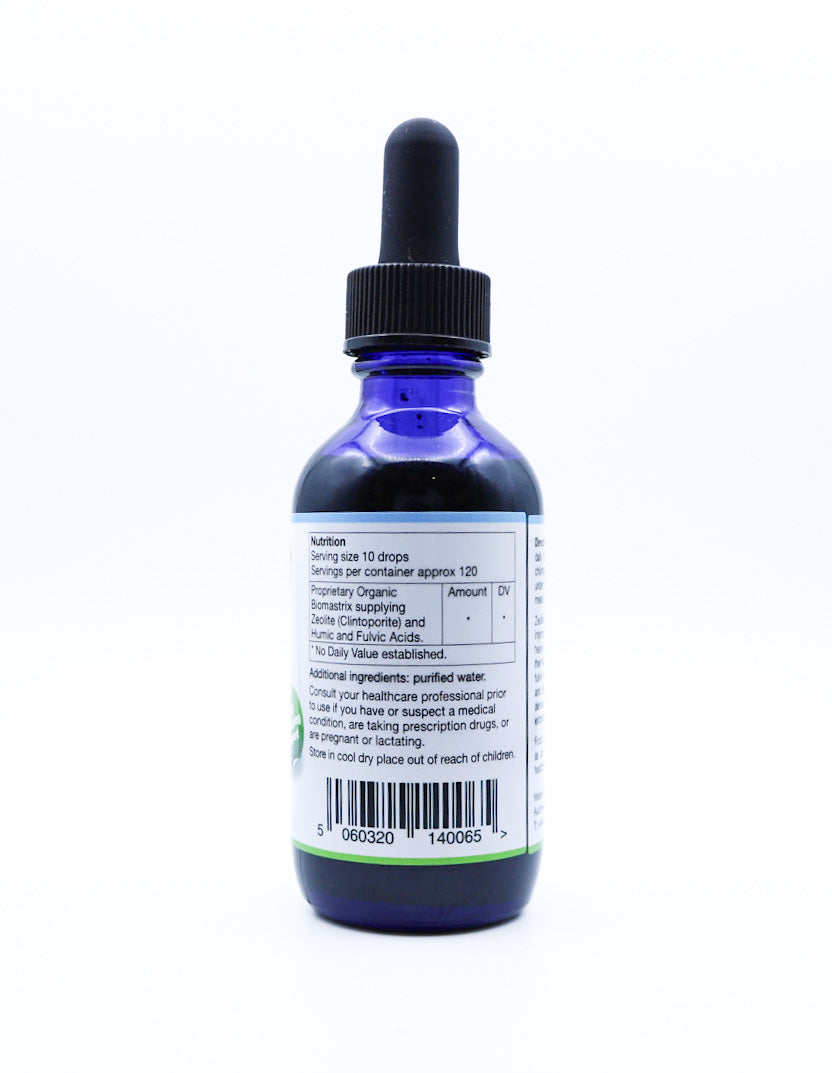

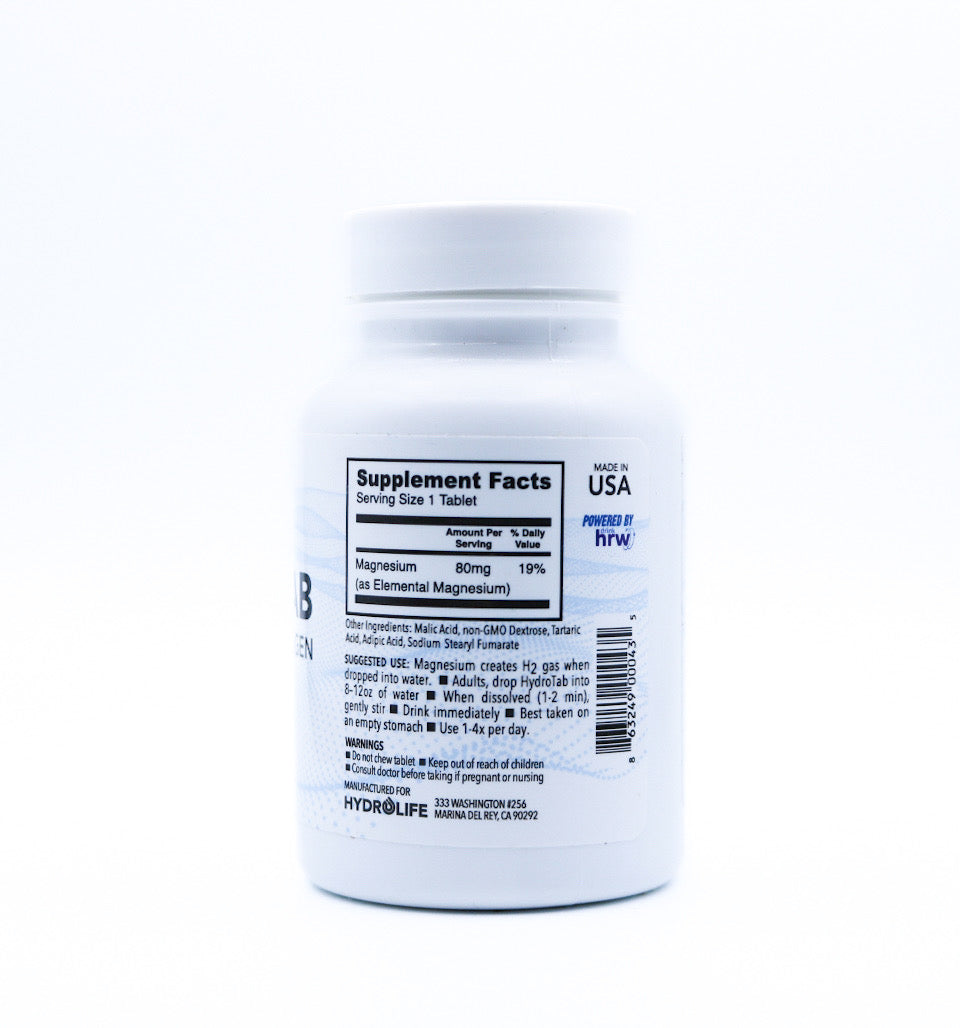
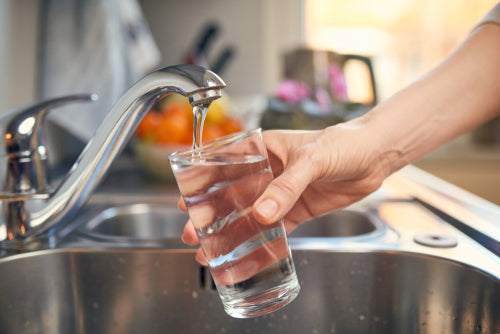



Leave a comment